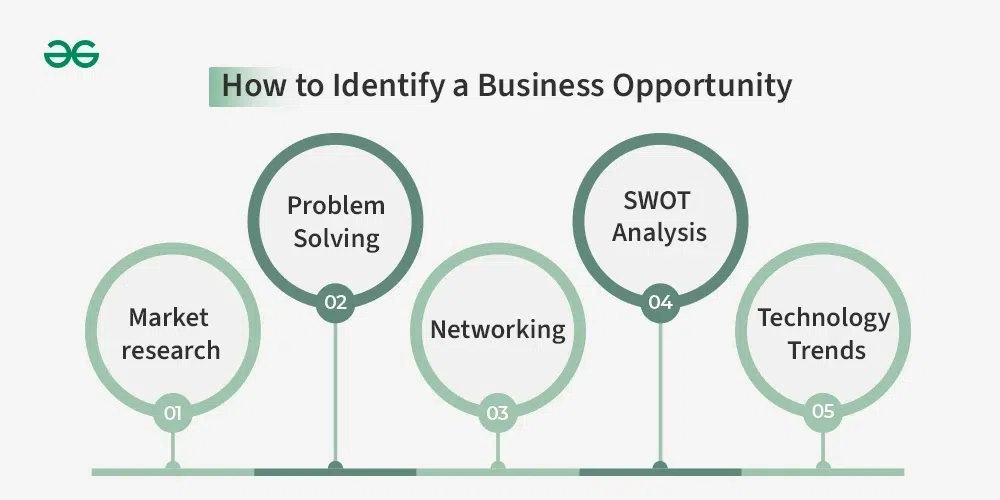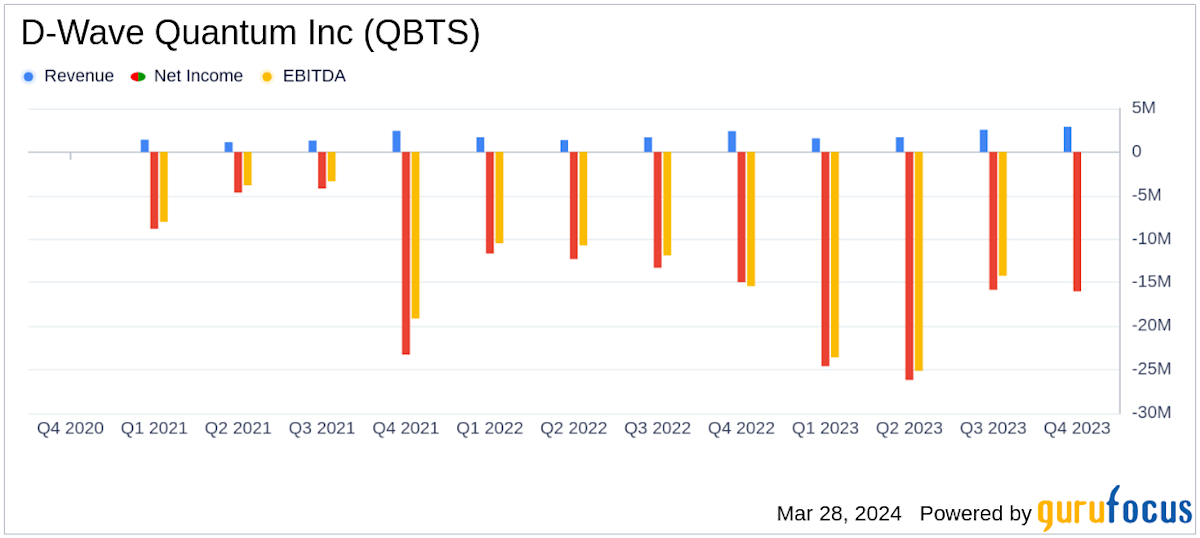How Middle Managers Drive Performance And Improve Employee Satisfaction

Table of Contents
The Impact of Effective Middle Management on Performance
Effective middle managers are pivotal in driving organizational performance. Their influence permeates through team dynamics, accountability, and innovation.
Fostering a Culture of Accountability
A culture of accountability is the bedrock of high performance. Middle managers must actively cultivate this by:
- Clearly defined roles and responsibilities: Each team member should understand their specific tasks and how they contribute to the overall goals. Job descriptions should be clear, concise, and regularly reviewed.
- Regular performance reviews and feedback sessions: Constructive feedback, both positive and negative, is essential for growth. Regular reviews provide opportunities for open dialogue and goal alignment. These shouldn't be solely annual events but integrated into the workflow.
- Setting SMART goals (Specific, Measurable, Achievable, Relevant, Time-bound): Vague goals lead to poor performance. SMART goals provide clarity, focus, and a framework for success. Middle managers should actively participate in goal-setting with their teams.
- Utilizing performance management software for efficient tracking: Technology can streamline the performance review process, ensuring efficient tracking and objective measurement of progress.
- Example: Implementing a system of weekly check-ins to monitor progress and address roadblocks proactively prevents minor issues from escalating into major problems, significantly improving overall team performance.
Empowering Teams Through Delegation and Trust
Delegation is not just about assigning tasks; it's about empowering team members. Effective middle managers:
- Identify team members' strengths and assign tasks accordingly: Understanding individual skill sets allows for optimized task allocation and increased efficiency.
- Provide the necessary resources and support for successful task completion: This includes providing access to tools, information, and training needed to complete tasks effectively.
- Promote autonomy and ownership among team members: Allowing employees to take ownership of their work fosters responsibility and increases job satisfaction.
- Trust employees to manage their workload effectively: Micromanagement stifles creativity and productivity. Trust is fundamental to a high-performing team.
- Example: Delegating project components to individuals based on their skillsets, providing regular updates and support, and allowing for independent problem-solving fosters ownership and increases efficiency.
Driving Innovation and Continuous Improvement
Middle managers are crucial for fostering a culture of continuous improvement and innovation. They should:
- Encourage creative problem-solving and innovative thinking: Creating a safe space for employees to share ideas and challenge the status quo.
- Implement processes for capturing and acting on employee suggestions: Show employees that their input matters by actively considering and implementing their ideas.
- Promote a culture of learning and development: Encourage employees to continually expand their skills and knowledge through training and mentorship.
- Regularly review processes and identify areas for optimization: Continuous evaluation and improvement are key to maintaining efficiency and competitiveness.
- Example: Implementing regular brainstorming sessions to improve workflows and solve recurring issues demonstrates a commitment to innovation and employee involvement.
Middle Management's Role in Improving Employee Satisfaction
High employee satisfaction directly correlates with increased productivity and retention. Middle managers play a critical role in creating a positive work environment.
Open Communication and Transparency
Open communication is fundamental to building trust and fostering a positive work environment. Middle managers should:
- Hold regular team meetings to keep employees informed: Regular updates ensure everyone is on the same page and fosters a sense of inclusion.
- Practice active listening and address employee concerns: Showing empathy and actively addressing concerns builds trust and improves morale.
- Provide clear and concise communication regarding company goals and strategies: Ensuring employees understand the "bigger picture" helps them connect their work to the overall organizational objectives.
- Promote open dialogue and feedback channels: Creating a culture where employees feel comfortable sharing their opinions and feedback is crucial.
- Example: Holding bi-weekly team meetings to discuss progress, challenges, and future plans ensures open communication and transparency.
Mentorship and Employee Development
Investing in employee development is crucial for both individual and organizational growth. Middle managers should:
- Provide opportunities for professional growth and development: This includes providing access to training, mentorship programs, and career advancement opportunities.
- Offer regular coaching and mentorship to team members: Providing guidance and support helps employees develop their skills and reach their full potential.
- Identify training needs and facilitate access to relevant resources: Proactively identifying skill gaps and providing access to training programs improves employee competency.
- Create a culture of continuous learning: Encourage ongoing learning and development to foster a dynamic and adaptable workforce.
- Example: Implementing a mentorship program pairing junior employees with senior team members for guidance fosters professional growth and improves employee satisfaction.
Building Strong Team Relationships and Cohesion
Strong team relationships are essential for a positive and productive work environment. Middle managers should:
- Organize team-building activities and social events: These activities foster camaraderie and improve team cohesion.
- Promote collaboration and teamwork: Creating opportunities for collaboration improves communication and problem-solving skills.
- Recognize and reward employee contributions: Acknowledging and rewarding achievements boosts morale and motivates employees.
- Create a positive and supportive work environment: A supportive environment where employees feel valued and respected is essential for high employee satisfaction.
- Example: Planning a team lunch or off-site activity to foster camaraderie and strengthen bonds improves team cohesion and morale.
Conclusion
Middle managers are essential for driving both performance and employee satisfaction. By fostering accountability, empowering teams, promoting open communication, and investing in employee development, middle managers can significantly contribute to organizational success. Investing in training and development programs that focus on these key areas will equip your middle managers with the skills they need to excel. Ultimately, effective middle management is a critical component of creating a high-performing and engaged workforce. Learn more about how to improve your middle management strategies and boost both performance and employee satisfaction today!

Featured Posts
-
 Amazon Spring Sale 2025 Deep Discounts On Hugo Boss Perfumes For Him And Her
May 20, 2025
Amazon Spring Sale 2025 Deep Discounts On Hugo Boss Perfumes For Him And Her
May 20, 2025 -
 Bbai Investors Legal Action Opportunity Contact Gross Law Firm Before June 10 2025
May 20, 2025
Bbai Investors Legal Action Opportunity Contact Gross Law Firm Before June 10 2025
May 20, 2025 -
 Isabelle Nogueira Promove Imersao Cultural No Festival Da Cunha Em Manaus
May 20, 2025
Isabelle Nogueira Promove Imersao Cultural No Festival Da Cunha Em Manaus
May 20, 2025 -
 Exploring New Business Opportunities A Map Of The Countrys Hot Spots
May 20, 2025
Exploring New Business Opportunities A Map Of The Countrys Hot Spots
May 20, 2025 -
 Analyzing The D Wave Quantum Qbts Stock Market Rally
May 20, 2025
Analyzing The D Wave Quantum Qbts Stock Market Rally
May 20, 2025
